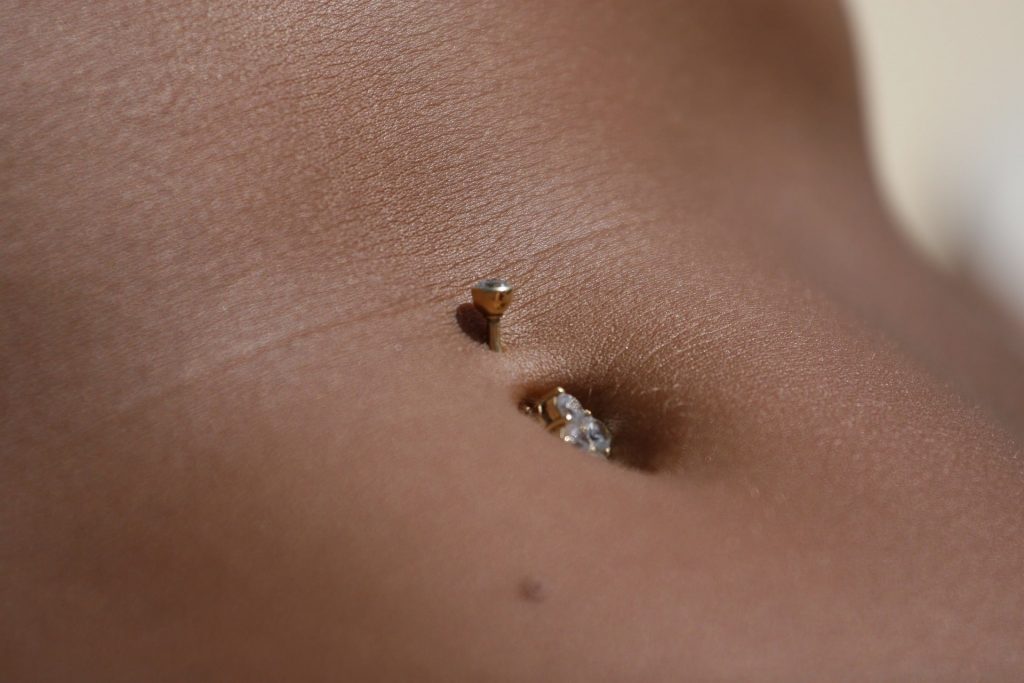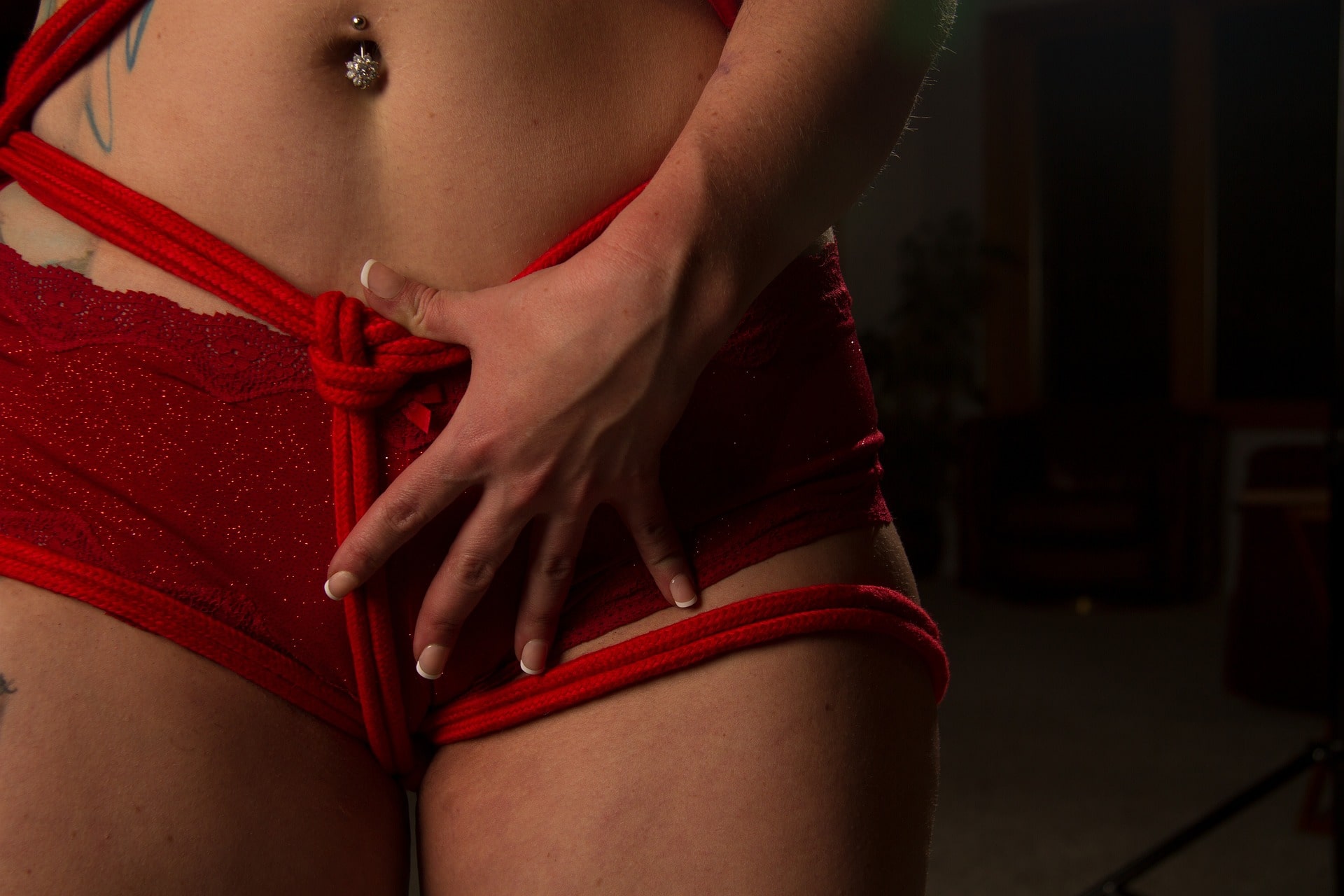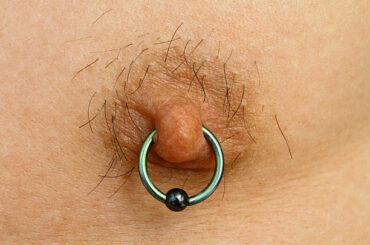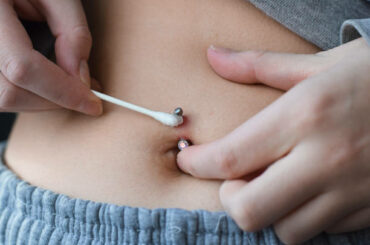Navel piercing is a vast spreading trend among teens in LA. Not only in LA but throughout the world. So with our series of articles, we are discussing different types of piercing. So today, we are going to discuss Belly piercing. There are many things and experiences to share with you as well.
Before moving to further, at the very beginning, we need to identify. What is this Belly Button Piercing?
Contents
In navel piercing, a ring or a stud-like ornament is inserted through the skin around the Belly. It is most commonly done with the upper fold of the skin. But it also can be done below or around the edges of the navel. It is stunning, and some call it a navel piercing. It takes only a minute to get it done. In Greek culture, having one’s belly button pierced is common. It was invented in South Thessaloniki and is still practiced today all over the world.
When it talked about healing, it takes about 12 months to heal.
If you want to get pierced your belly button, take precautions to avoid issues:
Choose a good piercer with Experience and talent.
Pick a piercer wisely. You can ask a friend for more details about the piercer. Having a license is only part of it. Inquire about the Experience and training of your piercer. Please find out how they keep growing and learning. This is essential because getting pierced carries risks like infection and the potential to spread blood-borne illnesses. Also, be sure to get your desired thing done. Perhaps he will need help to satisfy our desires.
Check the sanitation at the salon.
Visit a salon you can trust. Find a shop with a license from a Professional Piercer that is tidy and hygienic. On the wall, there ought to be a sign. So that your piercer can see what they’re doing, the lighting should be suitable.
Check the needles before piercing.
This should be checked more wisely. Because there is a recent history that sexually transmitted diseases like AIDS spread through such needles. The needle should be new and sealed. Same time, they should be contained in sealed pouches to demonstrate their sterility.
See whether your piercer opens a new package if they use disposable, single-use needles.
You are choosing the jewelry.
Pick out your jewelry with care. The least likely to result in an allergic reaction is stainless steel, which is of medical grade. Other reliable options include niobium, titanium, and gold (14 karats or higher). You should pick a shiny ring or stud with no bumps, scratches, or hard edges.
If the jewelry has a surface with an irregular shape, your skin will expand to fill the space. Your skin may tear if the jewelry is moved even slightly. You might get scarring, and it may increase the healing time.
Now you know what to do before the piercing. If you followed those steps, I’m sure there won’t be any potential of getting infected. Now Let’s know how it is done. Simply the procedure of Belly Button Piercing.
- Your piercer will mark the area to be pierced.
- Expect a small amount of blood as well as a sharp pinch.
- Your chosen jewelry will pass through this new opening.
Make sure not to use the piercing gun. A piercing gun can harm your tissue and increase the risk of infection, so you should avoid doing this.

After the Belly or navel piercing is done, we must take more care of the area. Here are some aftercare tips
- Before you touch your piercing, be sure to wash your hands. Also, until the area has healed, could you not allow anyone else to touch it?
- To keep it clean and prevent infection, gently scrub it with saline solution. Dab the area with fresh gauze or a piece of paper towel moistened with saline solution at least once daily. Alternatively, you can create a ready-made brand by combining 1/8 teaspoon of salt with 1 cup of warm, distilled, or bottled water.
- To wash the area, pick a gentle soap without any scents. Make sure to rinse to remove all soap thoroughly.
- Refrain from overcleaning. Cleaning too much or too frequently can delay healing.
- Dry the area gently using a fresh, disposable paper product.
- Don’t touch or care about the crust. Your new piercing may ooze a clear or yellowish fluid (not pus), which is normal. This could develop into a crust that itches or feels tight. Avoid picking at it because doing so will make the area bleed. The crust will naturally automatically in the healing process.
- Avoid applying anything to your belly button if a doctor hasn’t instructed you to. This includes creams, oils, and fragrances. Even hydrogen peroxide and antibacterial cream can impede healing or trap bacteria in a fresh wound.
- Dress cleanly, loosely, and comfortably. Your piercing will rub against tight clothing and rough material, which could prolong the healing process. It would be best if you held an eye patch over your belly button to protect the area with a stretchy, elastic bandage.
- Be sure not to bathe in lakes, hot tubs, or pools. This is done to avoid entering the water into the pierced area.
- Avoid hanging jewelry. Such jewelry may cause tearing.
- Be cautious about the signs of infection. Redness, Yellowish or Greenish discharge, and severe pain around the piercing are some of the symptoms of an infection. Be sure to visit your family physician if such a condition occurs.
Infections may occur. The belly button is an area where more prone to infections. This is due to its shape. Bacteria may quickly grow around the belly hole.
There is a risk of getting the place torn. Your skin could be torn if your jewelry snares something. If this occurs, you might require some stitches.
A piercing may occasionally change from its original location, or your body may reject it. This most frequently occurs when the jewelry is too small or of poor quality, the piercing needs to be done in a better location, or all three.
People with health issues are highly restricted from getting their Belly Button Pierced. These people may give good aftercare. But there is a high risk of getting an adverse condition. Always remember that health and wellness come first, and fashion comes after.
So people with non-transmitted diseases like Diabetes, Hemophilia, and Heart problems are highly advised not to be pierced.
Also, if you are overweight, don’t hesitate to contact your family doctor before the piercing.
Also, we do not accept pregnant women getting the belly button pierced, as their tummy will be bigger and more stretched when the baby is growing. So if you too can contact the doctor before piercing, it will be much good for you and your baby.
Another walk-through of a piercing style ends like this. We’ll meet you next until that goes on style hunting!





